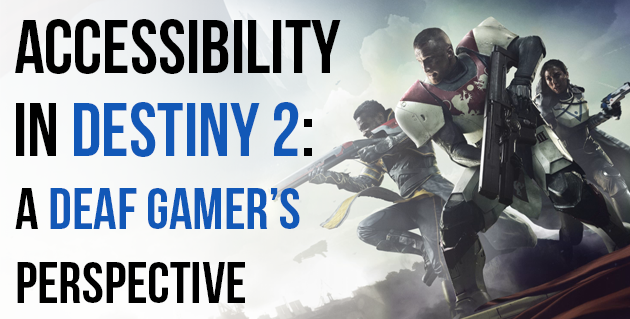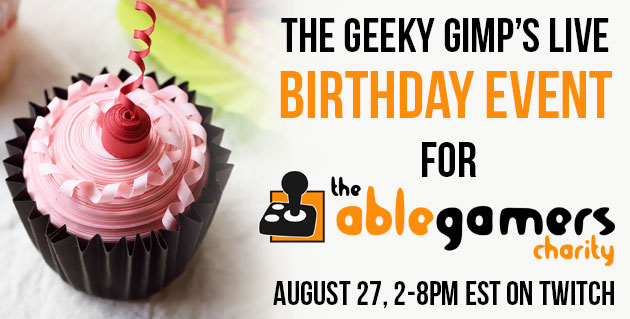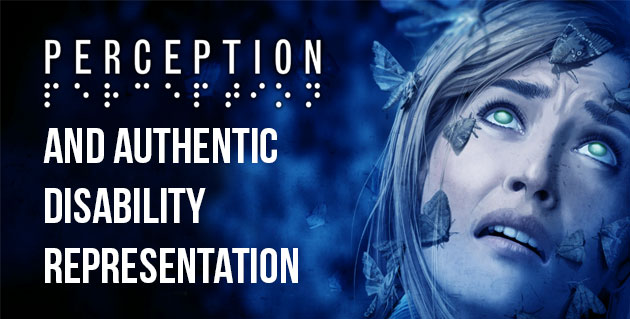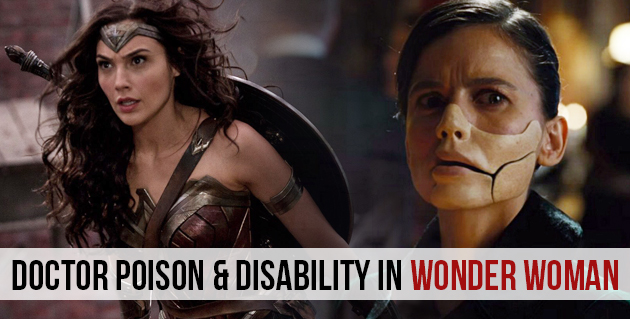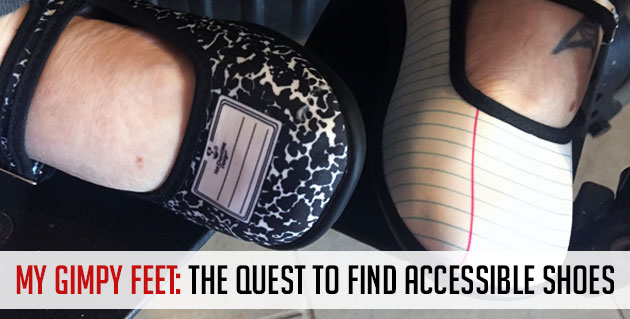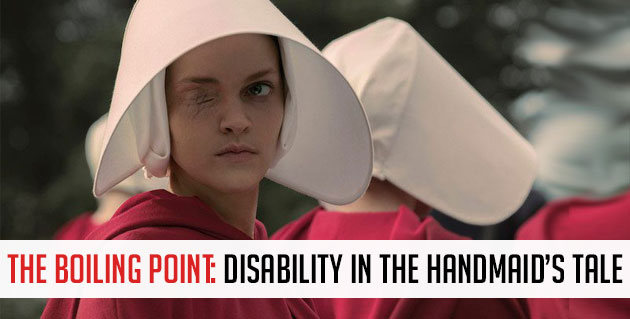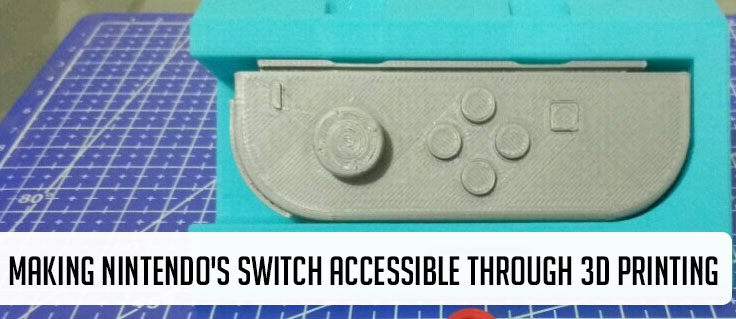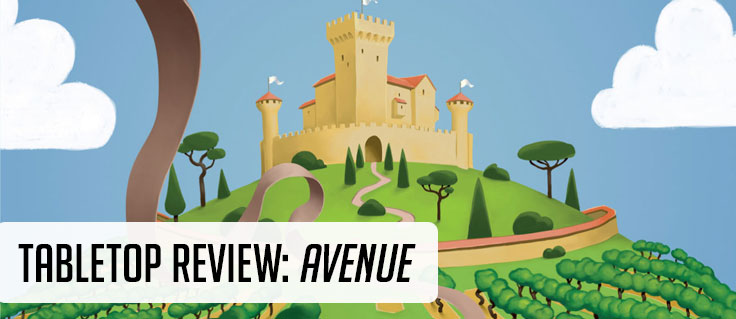Thanks so much to Chris for writing this guest blog post and sharing his point-of-view as a deaf gamer. Follow him on Twitch to see some stellar Destiny 2 action.
September 6, 2017, was a big day for both old and new Destiny players; Destiny 2 was finally released on Playstation 4 and Xbox One!
From my experience with Destiny 1, it was a game that you could pick up the controller and possibly never put it down. There was a rewarding feeling, with all the grinding, when you completed something hard as a team.
So now that Destiny 2 is here, I’ve been playing it almost non-stop! To tell you the truth, I wasn’t planning on buying Destiny 2 because I didn’t want to get addicted to it. I didn’t want to deal with the frustration of trying to find a team to play with when it’s required to have a mic to coordinate with the players. I don’t use a mic because I’m deaf. I don’t want to annoy people by repeatedly asking “what?” every time I didn’t understand them; but I ended up getting the game anyway, knowing that I may run into the same issues again. However, Bungie (developers of Destiny) somewhat made it easier to actually find people with the overhaul of the Bungie.net website; now it’s easy to post your LFG (looking for gamers) on there, and people tend to immediately join up.
Read moreAccessibility in Destiny 2: A Deaf Gamer’s Perspective

